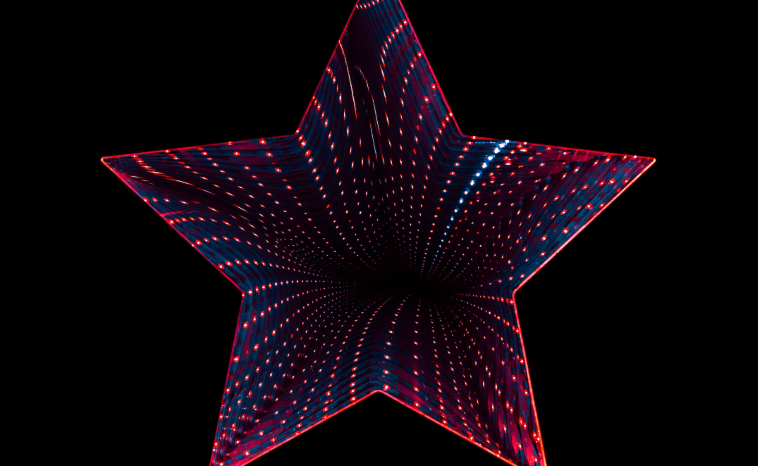Which star is the biggest out there?

It is not easy to determine which of the known stars is the biggest. According to recent research, it turns out that some stars are twice as massive as what was thought to be possible. Apart from that, there is also a terminological problem: do we mean the star with the largest diameter or the star with the largest mass?
Because of all this, in the articles written at different times, you will find different candidates for the best-biggest star.
The star UY Scuti seems to be the largest because its radius is 1700 times greater than the radius of the Sun. But at the same time, that star has only 7 to 10 times the mass of the Sun. So, considering the diameter, it is the biggest star we know, but considering the mass, it is not.
If we measure by mass, the largest, or rather, the most massive star is R136a1, which has 250 solar masses. But some newer studies cast doubt on that information because they state that the star has a mass that is greater than the mass of the Sun somewhere between 170 and 230 times.
It is certainly an amazing mass of a star, but if this information is correct, it turns out that R136a1 is not the most massive because there are more massive ones, and one of them is the powerful star Vesterhout 49-2 with a mass of 250 solar masses.
The problem is that even that data is not reliable, because measurements using other methods based on brightness indicate a mass of 90 to 240 masses of the Sun. Apart from that, there is a possibility that this star is actually binary and then the mass of each individual element would be smaller.
And the star BAT99-98 is a candidate for the most massive star. It is estimated that it has about 226 solar masses and most likely it will end its life in a catastrophic explosion as a supernova, hypernova or similar and it is possible that it will eventually become a neutron star or even a black hole.

But let’s return to the star UY Scuti, since it is still the most serious candidate for the star with the largest diameter. It is about 9500 light years away from us. As we mentioned, its radius is about 1700 times greater than the radius of the Sun, which is about eight astronomical units (AU).
The astronomical unit is the average distance of the Earth from the Sun, which is 150 million kilometers. If it were in the place of the Sun, the edges of these stars would be far behind Jupiter. There is also a comparison like this that can perhaps more vividly represent the size of that star. The Sun could fit more than a million Earths, and UY Scuta could fit five billion Suns!
Stephenson 2 DFK 1 is another candidate for the largest star in terms of its size. Its radius is 2150 times greater than the radius of the Sun. It is a red supergiant in the constellation Scutum and is about 19,000 light years away from us.
But that distance has not been reliably determined and it could be as much as 50% less, which, if true, would dramatically reduce the estimate of its diameter.
There is also the star NML Cygni, 5300 light-years away and with a radius between 1183 and 2770 solar diameters. But these are only rough estimates given that it is deep in the nebula and is quite obscured by dust. Therefore, its dimensions are doubtful and this seems to be a reoccurring theme throughout this topic, so we’ll still have to wait some more for precise data on which star is actually the biggest out there!
Want to read more about the universe? Visit our blog!

